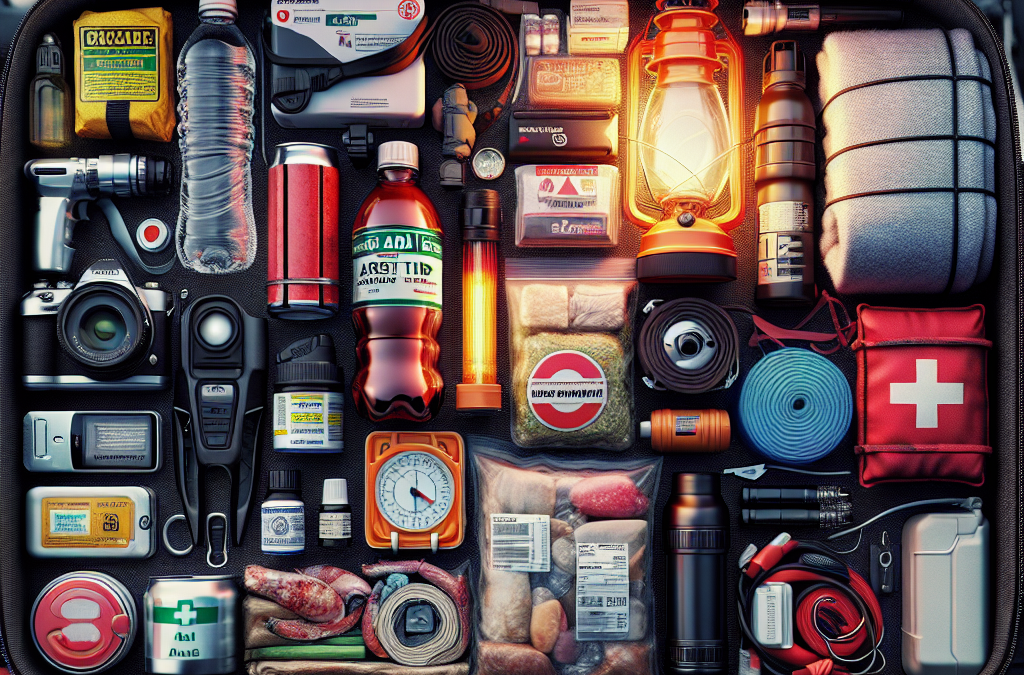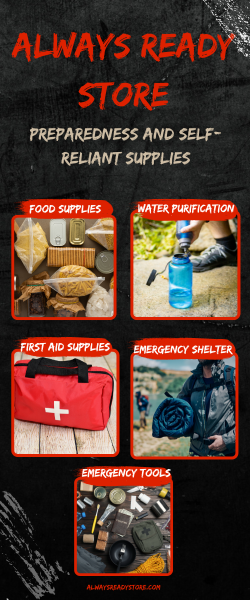Essential Tools for Roadside Assistance
Jumper Cables
One of the most crucial items I’ve found in my car emergency kit is a good set of jumper cables. There’s nothing like the sinking feeling of getting into your car and realizing the battery is dead. Trust me, your day can go from bad to okay with just a quick jump start. Make sure you get cables that are long enough to reach across cars—nothing is worse than realizing they’re too short when you need them the most.
When picking out jumper cables, aim for a gauge of 6 or lower, which indicates they can handle a stronger current. The last thing you want in an emergency is a weak set of cables that can’t get the job done. I personally prefer cables that come with detailed instructions, just in case you need a refresher on how to jump a car.
Also, don’t forget to check them regularly for wear and tear. Just because they’re in your kit doesn’t mean they’ll work perfectly! If they look frayed or damaged, it might be time for an upgrade.
First Aid Kit
You’d be surprised how many people overlook packing a first aid kit for their car. I mean, you never know when a small accident could happen—a paper cut, a bug bite, or a blister from a long road trip. Having a basic first aid kit can really ease those little annoyances. Look for a kit that includes adhesive bandages, antiseptic wipes, and gauze.
If you’re like me and enjoy outdoor adventures, consider adding some extras like tweezers for splinters and even a cold pack for unexpected bumps and bruises. It’s super handy when you’re miles away from the nearest pharmacy.
And remember, just packing the kit isn’t enough! Make it a habit to check the contents regularly and replace any items that get used or expire. You don’t want to be in a bind, only to find your antiseptic is outdated.
Thank you for reading this post, don't forget to subscribe NOW for FREE!
Flashlight and Extra Batteries
A flashlight is another must-have in any car emergency kit. Picture this: it’s dark, you’re on the side of the road, and you need to see what’s going on. A flashlight can not only light your way but also signal for help if needed. I like to have a sturdy, rechargeable flashlight—those little mini ones just won’t cut it for serious situations.
Don’t just throw the flashlight in there though; make sure you also have extra batteries. It’s always a good idea to pack them in a waterproof bag, just in case. Check the flashlight every few months to ensure it still works and that your batteries aren’t leaking.
Plus, a simple headlamp can work wonders too—hands-free light while you dig through your trunk or attempt to change a tire? Yes, please! It’s one of those small gadgets that might just save the day.
Emergency Supplies You Can’t Ignore
Water and Non-Perishable Snacks
When I hit the road, I always make sure to pack extra water and some non-perishable snacks in my emergency kit. You’d be amazed at how dehydrated and hungry you can get if something goes awry and you’re stuck waiting for help. A couple of bottles of water should suffice, along with snacks like granola bars or nuts that can keep for a while without spoiling.
Pro tip: Look for snacks that are energy-dense but light, so you’re not lugging around a ton of heavy items. I love having a mix of protein and carbs to really keep my energy up if needed. A small stash can really make a difference.
Make sure to check the expiration dates on your food items regularly! You may think it’ll last forever, but you might be surprised by what can go stale or bad. Rotate your supplies just like you’d do in your pantry.
Blankets and Warm Clothing
Weather can be unpredictable, and trust me, getting stuck in the cold can be beyond uncomfortable. I always pack a couple of warm blankets in my trunk along with an extra set of warm clothing. Even in summer, it can sometimes turn chilly at night, especially if you’re in a remote area.
Make sure those blankets are not just lightweight fleece, but also something that can keep the heat in. My go-to is a thicker emergency survival blanket that’s compact and reflective—it’s cheap and incredibly effective.
And don’t forget a beanie and gloves! It’s often easy to overlook these small items until the moment you genuinely need them. Being prepared for temperature drops is one of those simple things that can really keep your spirits high in a frustrating situation.
Road Flares or Reflective Triangles
If you’ve ever seen an accident scene, you’ll know how important visibility is in emergency situations. A set of road flares or reflective triangles is vital for alerting other drivers of your presence if you’re stuck. I make sure to have a couple of flares on hand; they’re effective and straightforward to use.
Reflective triangles are a nice touch too, especially if you prefer something reusable. Just set them up behind your car, and they’ll help prevent any further accidents by letting drivers know you’re in distress. You could even make it a habit to practice setting these up in your driveway; it’s just one of those things that can feel a bit challenging when you’re nervous.
And let’s be real, we all appreciate anything that can make a tough situation a little less daunting. Both of these items will give you and any onlookers peace of mind while waiting for help to arrive.
Staying Informed: Emergency Contacts and Resources
List of Important Contacts
This might sound basic, but having a list of important contacts saved in your car can be a lifesaver. I keep a little laminated card with numbers for family, friends, and even my roadside assistance service. In an emergency, you might forget phone numbers, even those of your closest relatives!
Along with personal contacts, consider jotting down local emergency services numbers, too. You never know when you may need them. And if you have kids, pack a special list that includes a trusted neighbor’s number as well—it’s just good thinking.
Stash that list somewhere safe and easily accessible, like in your glove compartment, so you’re not fumbling around when stress hits. Sometimes it’s perfect to cover your bases, and this is one of those times.
Emergency Roadside Assistance
Having a roadside assistance plan is like having a good friend you can call when things go sideways! I highly recommend signing up for one if you haven’t already. There’s always peace of mind knowing you can call for help if your car breaks down, or you’re dealing with a flat tire.
Before hitting the road, be sure to have your membership information on hand, either in your phone or in your emergency kit. That way, you’re ready to make that call without scrambling through your paperwork. Trust me, organization counts when the nerves kick in!
Plus, in most cases, these services offer more than just towing. They often provide help with lockouts and running out of fuel as well, so having that membership can cover multiple bases. You never know what might happen, and it’s better to be prepared.
Emergency Apps for Your Phone
In this tech-savvy world we live in, utilizing your smartphone to stay informed during emergencies is on the table. I downloaded a few emergency apps that provide everything from car trouble assistance to navigation for the quickest routes when you’re stranded. It takes some of the stress away, knowing I can track my family’s location or get quick access to help.
Look for apps that provide real-time updates on things like weather conditions, traffic alerts, and emergency contact options. Some apps even allow you to store all your important information securely so you won’t lose it if your phone dies.
Just remember to keep your phone charged! That little battery icon becomes all too real when you’re in a tough spot, so occasionally check up on your charging habits before heading out on any adventures.
Frequently Asked Questions
What should I prioritize in my car emergency kit?
The top priorities should include jumper cables, a first aid kit, water, snacks, and a flashlight. Beyond these essentials, think about your personal needs and habits to customize your kit even further.
How often should I check my emergency kit?
I recommend checking your emergency kit at least twice a year. Make sure everything is in order, and replace any items that are expired or used. It’s a good habit to get into!
What snacks are best for an emergency kit?
Energy-dense non-perishable snacks are ideal! Look for items like granola bars, trail mix, or jerky. They provide quick energy and can last quite a while without spoiling.
Can I include personal medications in my emergency kit?
Absolutely! If you have medications that you need on hand, consider adding a supply to your car kit. Just remember to keep them in a safe, temperature-regulated spot to avoid any degradation or damage.
Is it necessary to have roadside assistance, or can I rely on my emergency kit?
While having a well-stocked emergency kit is super important, roadside assistance helps when the situation is too challenging to handle alone, like a major breakdown or if you lock your keys inside your vehicle.






